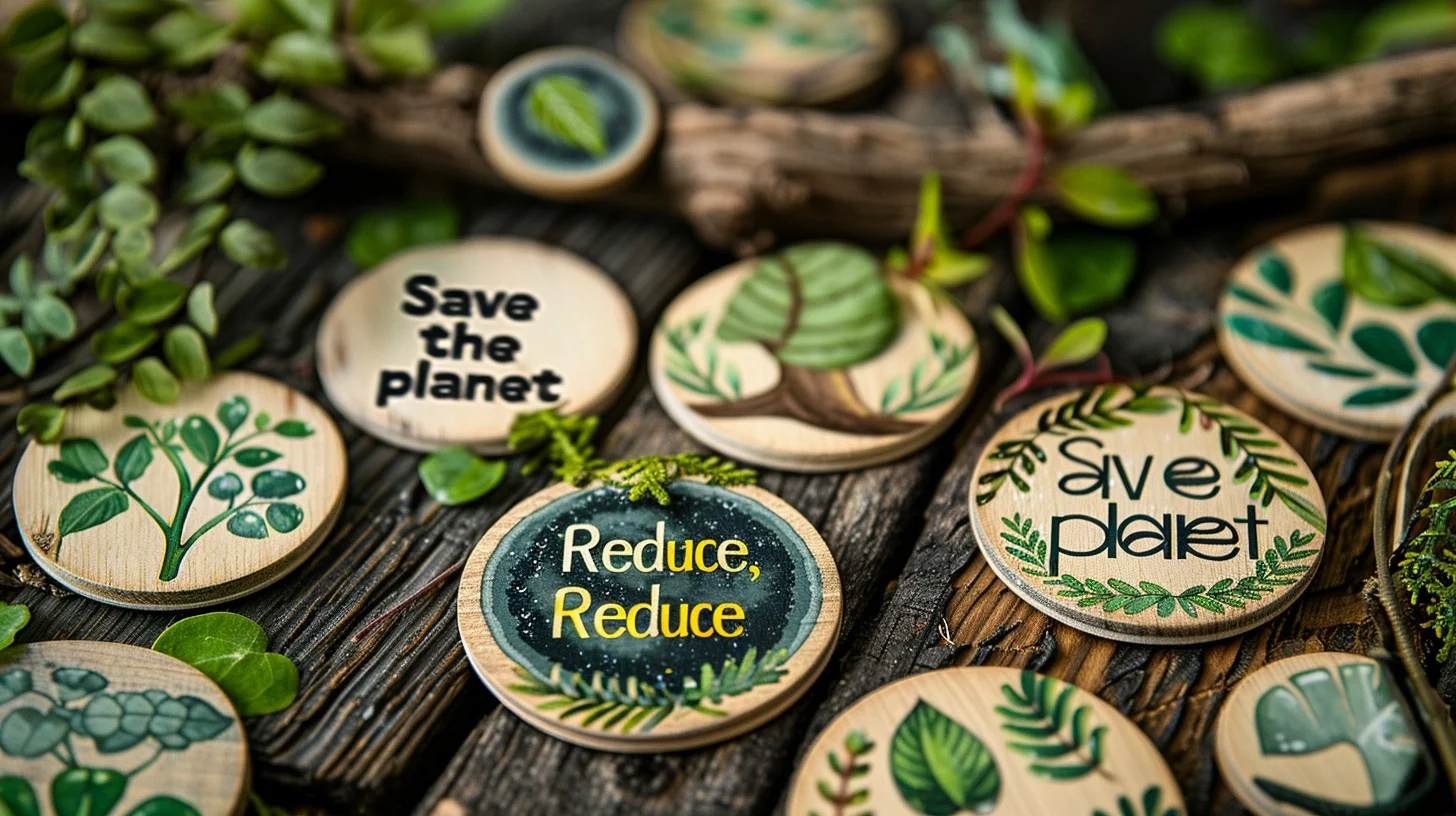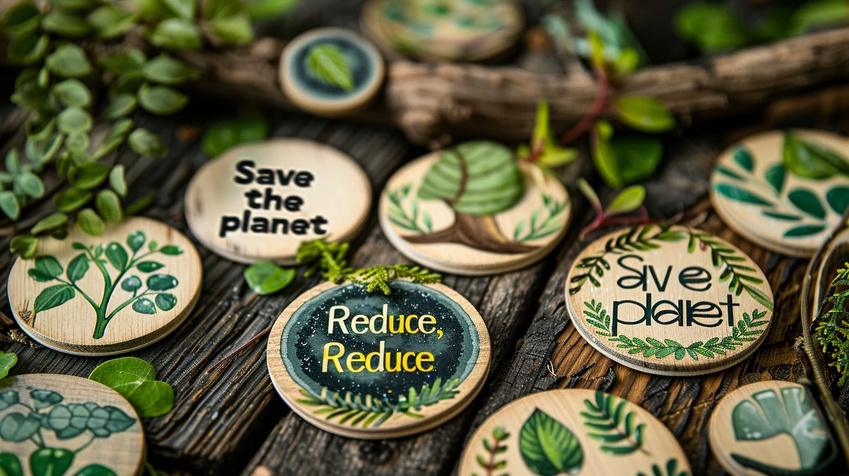Understanding Life Cycle Assessments (LCAs) and Their Role in Sustainability
Do you ever find yourself feeling unsure when people discuss environmental sustainability and don’t know where to start learning? The Sustainability 101 series is here to help by breaking down key environmental terms that you might encounter at work, in conversations with friends, or even at social gatherings.
The Story Behind Every Product
Every product has an environmental footprint, from the extraction of raw materials to its production, usage, and eventual disposal. Life Cycle Assessments (LCAs) provide a method for evaluating the impact of a product at each stage of its life. This process helps identify opportunities to reduce environmental harm and improve sustainability practices.
For businesses, LCAs are a valuable tool for assessing the ecological impact of their products, services, or processes. By examining factors like energy consumption and water usage, companies can make informed decisions that contribute to a more sustainable future.
What Is a Life Cycle Assessment?
A Life Cycle Assessment (LCA) evaluates the environmental impact of a product by analyzing various stages of its existence, including:
Do you ever find yourself feeling unsure when people discuss environmental sustainability and don’t know where to start learning? The Sustainability 101 series is here to help by breaking down key environmental terms that you might encounter at work, in conversations with friends, or even at social gatherings.
The Story Behind Every Product
Every product has an environmental footprint, from the extraction of raw materials to its production, usage, and eventual disposal. Life Cycle Assessments (LCAs) provide a method for evaluating the impact of a product at each stage of its life. This process helps identify opportunities to reduce environmental harm and improve sustainability practices.
For businesses, LCAs are a valuable tool for assessing the ecological impact of their products, services, or processes. By examining factors like energy consumption and water usage, companies can make informed decisions that contribute to a more sustainable future.
What Is a Life Cycle Assessment?
A Life Cycle Assessment (LCA) evaluates the environmental impact of a product by analyzing various stages of its existence, including:
- Raw Material Extraction – The sourcing of essential materials such as metals, minerals, or natural fibers.
- Manufacturing & Production – Transforming raw materials into finished goods.
- Transportation & Distribution – Moving products to warehouses, stores, or directly to consumers.
- Usage Phase – The resources required for the product’s operation and maintenance.
- End-of-Life Management – The disposal or recycling of the product after use.
By assessing these stages, LCAs offer a comprehensive picture of a product’s environmental footprint and help businesses pinpoint areas for improvement.
What Do LCAs Measure?
LCAs go beyond just carbon emissions; they evaluate multiple environmental factors, such as:
What Do LCAs Measure?
LCAs go beyond just carbon emissions; they evaluate multiple environmental factors, such as:
- Global Warming Potential (GWP): Measures greenhouse gas emissions, including carbon dioxide (CO₂) and methane (CH₄), throughout a product’s lifecycle. For example, emissions from growing cotton, manufacturing, and transporting a T-shirt.
- Water Consumption (Blue Water Use): Analyzes the volume of freshwater used during production and usage. A single T-shirt, for instance, can require thousands of liters of water.
- Energy Demand (Primary Energy Use): Evaluates energy consumption at every stage, from production to transportation.
- Ecotoxicity (Pollution & Waste): Assesses pollutants released into air, water, and land, such as chemicals used in textile dyeing.
- Resource Depletion (Abiotic Depletion Potential): Estimates the use of finite resources like fossil fuels and minerals.
By analyzing these factors, LCAs help businesses implement sustainable practices, optimize product design, and reduce their overall environmental impact.
Why Are LCAs Important for Businesses?
LCAs provide actionable insights that help companies:
Why Are LCAs Important for Businesses?
LCAs provide actionable insights that help companies:
- Identify areas of high environmental impact and make targeted improvements.
- Design products that are more durable, resource-efficient, and environmentally friendly.
- Compare materials and processes to make informed sustainability decisions.
- Improve transparency and credibility by sharing LCA findings with customers and stakeholders.
Since a significant portion of a product’s environmental impact is determined during the design phase, LCAs can help businesses make more sustainable choices early in the process. Additionally, publishing LCA results promotes transparency and aligns with global environmental reporting standards.
How Are LCAs Conducted?
LCAs follow structured methodologies and internationally recognized standards, such as the ISO 14040 and ISO 14044 frameworks. The process involves:
How Are LCAs Conducted?
LCAs follow structured methodologies and internationally recognized standards, such as the ISO 14040 and ISO 14044 frameworks. The process involves:
- Collecting data from every stage of a product’s lifecycle.
- Assessing environmental impacts using standardized metrics.
- Interpreting results to support sustainability initiatives, such as circular economy strategies and net-zero goals.
Cisco’s Commitment to Life Cycle Assessments
At Cisco, LCAs play a crucial role in evaluating and minimizing the environmental footprint of our products. Recently, we have made these assessments publicly available, sharing insights on the Sustainability Resources section of our website. Over the past two years, we have completed 23 LCAs across 8 business units, with plans to expand this initiative in 2025.
While many tech companies conduct LCAs, Cisco is among the first to apply them to networking equipment, such as Catalyst switches. Our Chief Sustainability Office and Supply Chain Sustainability teams collaborate across the organization to ensure transparency and progress in our sustainability efforts.
LCAs are integral to our circular design strategy, which focuses on keeping materials in use for as long as possible through reuse, repurposing, and responsible disposal. By understanding the environmental impact of our products at every stage, we continue to innovate and drive meaningful change toward a more sustainable future.
At Cisco, LCAs play a crucial role in evaluating and minimizing the environmental footprint of our products. Recently, we have made these assessments publicly available, sharing insights on the Sustainability Resources section of our website. Over the past two years, we have completed 23 LCAs across 8 business units, with plans to expand this initiative in 2025.
While many tech companies conduct LCAs, Cisco is among the first to apply them to networking equipment, such as Catalyst switches. Our Chief Sustainability Office and Supply Chain Sustainability teams collaborate across the organization to ensure transparency and progress in our sustainability efforts.
LCAs are integral to our circular design strategy, which focuses on keeping materials in use for as long as possible through reuse, repurposing, and responsible disposal. By understanding the environmental impact of our products at every stage, we continue to innovate and drive meaningful change toward a more sustainable future.


 Life Cycle Assessment (LCA): Measuring Environmental Impact & Sustainability
Life Cycle Assessment (LCA): Measuring Environmental Impact & Sustainability





 Companies
Companies